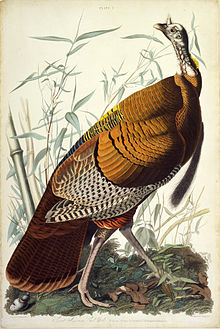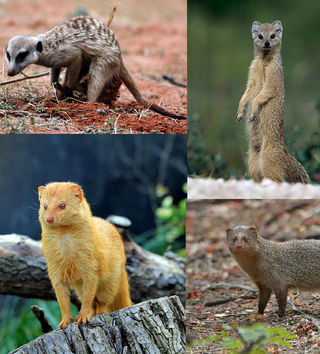
A mongoose is a small terrestrial carnivorous mammal belonging to the family Herpestidae. This family has two subfamilies, the Herpestinae and the Mungotinae. The Herpestinae comprises 23 living species that are native to southern Europe, Africa and Asia, whereas the Mungotinae comprises 11 species native to Africa. The Herpestidae originated about 21.8 ± 3.6 million years ago in the Early Miocene and genetically diverged into two main lineages between 19.1 and 18.5 ± 3.5 million years ago.

Viverridae is a family of small to medium-sized feliform mammals, comprising 14 genera with 33 species. This family was named and first described by John Edward Gray in 1821. Viverrids occur all over Africa, southern Europe, South and Southeast Asia across the Wallace Line. The word viverridae comes from the Latin word viverra.
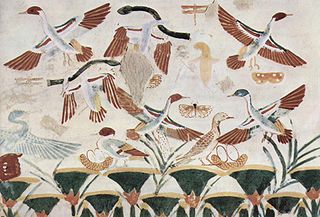
The following is a timeline of ornithology events:

Mathurin Jacques Brisson was a French zoologist and natural philosopher.

Richard Bowdler Sharpe was an English zoologist and ornithologist who worked as curator of the bird collection at the British Museum of natural history. In the course of his career he published several monographs on bird groups and produced a multi-volume catalogue of the specimens in the collection of the museum. He described many new species of bird and also has had species named in his honour by other ornithologists including Sharpe's longclaw and Sharpe's starling.

Austin Roberts was a South African zoologist. He is best known for his Birds of South Africa, first published in 1940. He also studied the mammalian fauna of the region: his work The mammals of South Africa was published posthumously in 1951. The 7th edition of Roberts' Birds of Southern Africa which appeared in 2005, is the standard work on the region's birds.

Johannes Gerardus Keulemans was a Dutch bird illustrator. For most of his life he lived and worked in England, illustrating many of the best-known ornithology books of the nineteenth century.
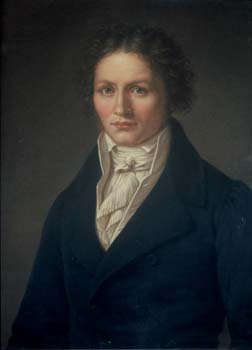
Johann Baptist Ritter von Spix was a German biologist. From his expedition to Brazil, he brought to Germany a large variety of specimens of plants, insects, mammals, birds, amphibians and fish. They constitute an important basis for today's National Zoological Collection in Munich. Numerous examples of his ethnographic collections, such as dance masks and the like, are now part of the collection of the Museum of Ethnography in Munich.

Baron Nöel Frédéric Armand André de Lafresnaye was a French ornithologist and collector.
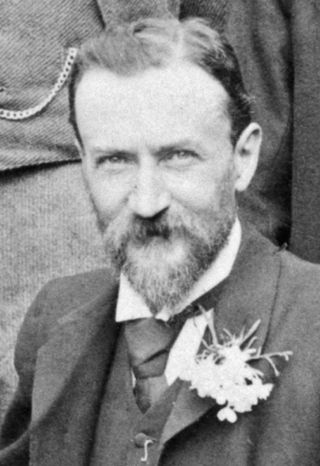
Arthur Gardiner Butler F.L.S., F.Z.S. was an English entomologist, arachnologist and ornithologist. He worked at the British Museum on the taxonomy of birds, insects, and spiders.
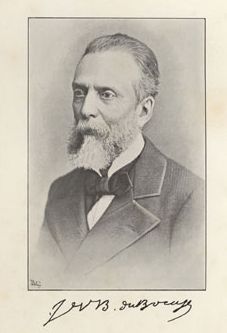
José Vicente Barbosa du Bocage was a Portuguese zoologist, politician, and professor. He served as a professor of zoology and director of the National Museum of Natural History and Science at the Polytechnic Institute of Lisbon, where he played a role in the development of Portuguese zoological collections and research. Bocage’s scientific work led to the description of numerous species, particularly of Portuguese and African fauna, and he published extensively on taxonomy, advancing zoological knowledge in Portugal and its overseas territories.
Alfred Duvaucel was a French naturalist and explorer. He was the stepson of Georges Cuvier and travelled in India and Southeast Asia as a collector of specimens for the Museum of Natural History in Paris.

The rusty-spotted genet, also called panther genet and large-spotted genet, is a genet that is widely distributed in sub-Saharan Africa. It is considered common and therefore listed as Least Concern on the IUCN Red List.
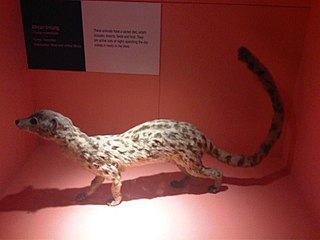
The Central African oyan, also called Central African linsang, is a linsang species native to Central Africa.

Herpestes is a genus within the mongoose family Herpestidae. Several species in the family are known as slender mongooses. It is the type genus of the family, and comprises 5-6 living species, each with several subspecies. Fossil remains of three prehistoric species were excavated in France, and described in 1853.
This is a chronologically organized listing of notable zoological events and discoveries.
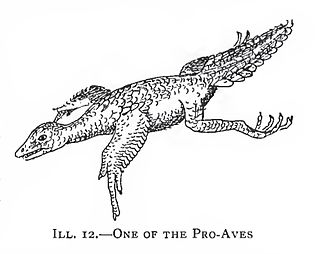
Proavis refers to a hypothetical extinct species or hypothetical extinct taxon and was coined in the early 20th century in an attempt to support and explain the hypothetical evolutionary steps and anatomical adaptations leading from non-avian theropod dinosaurs to birds. The term has also been used by defenders of the thecodontian origin of birds.

Birds described in 1877 include the giant ibis, black-and-yellow phainoptila, Cebu flowerpecker, Drakensberg prinia, Finsch's euphonia, lava heron, Manus friarbird, Palawan tit, plain-backed antpitta, rufous-fronted tailorbird and Walden's hornbill.
This page is based on this
Wikipedia article Text is available under the
CC BY-SA 4.0 license; additional terms may apply.
Images, videos and audio are available under their respective licenses.
